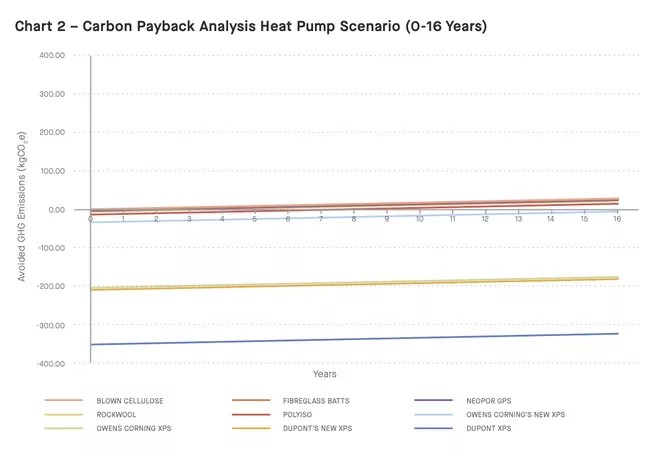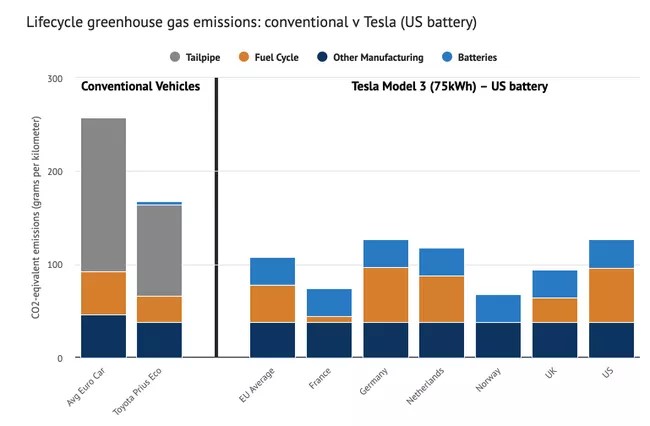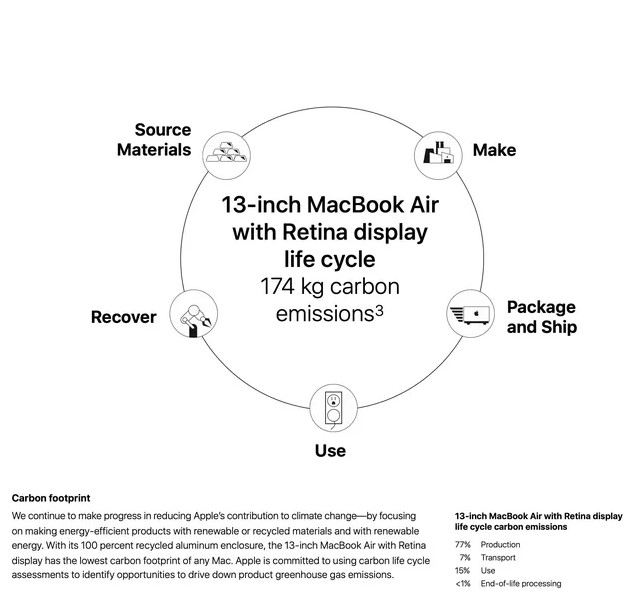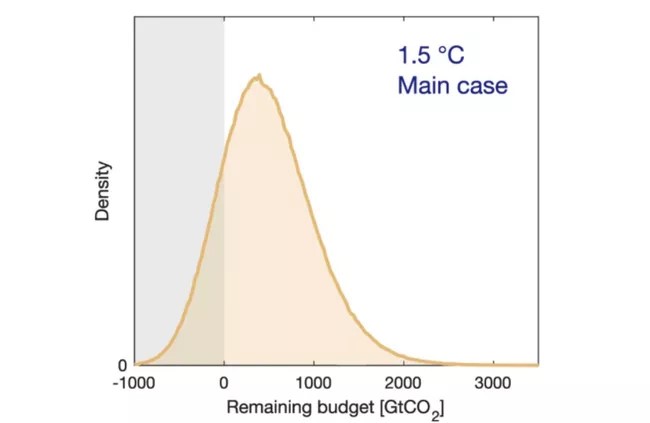I do not have an exact date when this was written. It appears to have been update May 2021. I find it interesting as US automakers are making moves to switch from combustion powered vehicles to electrically powered vehicles utilizing rechargeable batteries to provide the power. US automaker Ford is so committed to this conversion; it has split its company into two parts. One part for combustion driven vehicles and another for battery powered vehicles. I am sure they are paying exact to the combustion side of the business to get them to hang around. In 2-3 years (if not less), this part of the business will disappear. Perhaps, you might have read about the large battery plant Ford is building in western Tennessee. Of course over time, the use of
Topics:
run75441 considers the following as important: climate change, Hot Topics, Treehugger, US/Global Economics
This could be interesting, too:
NewDealdemocrat writes JOLTS revisions from Yesterday’s Report
Joel Eissenberg writes No Invading Allies Act
Joel Eissenberg writes How Tesla makes money
NewDealdemocrat writes January JOLTS report: monthly increases, but significant downward revisions to 2024
I do not have an exact date when this was written. It appears to have been update May 2021. I find it interesting as US automakers are making moves to switch from combustion powered vehicles to electrically powered vehicles utilizing rechargeable batteries to provide the power.
US automaker Ford is so committed to this conversion; it has split its company into two parts. One part for combustion driven vehicles and another for battery powered vehicles. I am sure they are paying exact to the combustion side of the business to get them to hang around. In 2-3 years (if not less), this part of the business will disappear. Perhaps, you might have read about the large battery plant Ford is building in western Tennessee.
Of course over time, the use of battery driven autos will have a payback in lessening carbon emissions. As Lloyd and one of his students (Kara Rotermund) point out, what about the embodied carbon emissions created from build the new Ford plant. There is a cos to the environment there and in the continuing change to new technology. An interesting read.
~~~~~~~~
“It’s Time to Measure and Regulate Embodied Carbon in Everything,” (treehugger.com), Lloyd Alter
In my role as a lecturer teaching Sustainable Design at Ryerson University’s Faculty of Communication And Design, I spent the last few days marking examinations with the first question being:
“What is embodied carbon and why is it so important?”
Perhaps the clearest definition came from RSID student Kara Rotermund:
“Embodied carbon is the net carbon emissions from all of the consumed energy used in the processes to produce and construct a building. Essentially, embodied carbon is the carbon it took to make the building, and operational carbon is the carbon it takes to run the building. In this way, embodied carbon is not actually embodied at all, but is actually the upfront carbon emissions. Embodied carbon is like our environmental down payment, and operational carbon is like the ongoing environmental mortgage payment, speaking strictly metaphorically. The two are how we calculate the building’s carbon footprint.”
But much like people buying houses, many worry more about the mortgage payment than the upfront purchase price. Not many people worry about embodied carbon. And if they do at all, it is about buildings, when it is an issue in everything from cars to computers to infrastructure. As more of our stuff, from cars to tools, run on electricity, as our electrical grids get cleaner, as our building efficiencies get better, then the issues of embodied or upfront carbon become more important.
This appears to be a fundamental principle that applies to everything, which I will pretentiously call the “ironclad rule of carbon”:
As we electrify everything and decarbonize the electricity supply, emissions from embodied carbon will increasingly dominate and approach 100% of emissions.
This can be seen in a recent Treehugger post, “A Primer on Reducing Embodied Carbon,” where KPMB Architects demonstrated that in certain cases, choosing the wrong insulation can be worse for carbon emissions than choosing no insulation at all. This is counterintuitive but in an all-electric building with a low-carbon supply, the greenhouse gas emissions from making certain kinds of XPS foam were greater than the operating emissions and would be forever. Yet designers and builders continue to buy acres of XPS foam, to meet codes or standards designed to reduce energy consumption, because they don’t think about this and it isn’t regulated in most jurisdictions.
That’s why it has to be measured and monitored. There are tools that can do this, but hardly anyone is using them. In the United Kingdom, the Architects Climate Action Network is demanding changes in planning policies with “whole life-cycle carbon assessments to be completed at the early design stages, to be submitted as part of pre-application enquiries and full planning submissions for all developments.” They also note:
“We must act now to regulate embodied carbon in line with our commitments to tackle the climate crisis, requiring all projects to report whole life carbon emissions.”
But as Rortermund noted, it will change the way we think about the design of buildings:
“Building to reduce embodied carbon requires radical change to the way we think about and approach design. Design often favors efficiency, with disregard for embodied carbon. Making more efficient buildings means lowering operational carbon, at the cost of greater embodied carbon. High-efficiency buildings often require more materiality to perform and this materiality leads to a greater carbon footprint of the building as opposed to a standard building.”
The Ironclad Rule of Carbon Applies to Cars
Electric cars are no different than electric buildings: embodied carbon is far more significant than operating carbon emissions. If you look at the lifecycle emissions of a Tesla Model 3 in Norway with its 100% emissions-free electricity, the embodied carbon from making the car and the batteries is fully 100%.
According to the interactive Carbon Brief graph, the Norwegian Tesla emits 68 grams of life-cycle emissions per kilometer traveled, or 109 grams per mile. Forgive the mixing of Metric and American measures, but Americans drive an average of 13,500 miles per year, which would result in emissions of 1.477 tonnes of carbon per year—that is a big chunk of a person’s 2030 carbon budget average of 2.5 tonnes. (Currently, with the American electricity mix, The Tesla LCA emissions are 3.186 tonnes per year.)
This is why I have noted previously that electric cars won’t save us; the Tesla Model 3 comes in at a relatively svelte 10.2 tonnes of embodied carbon, but the upcoming fleet of electric pickups and SUVs could be four times that.
Tesla fanboy sites dispute my numbers and suggest that embodied carbon is dropping, but I still have visions of Cybertrucks and F-150 EVs and Hummers with ever bigger battery packs and don’t see much evidence that the industry actually takes the issue seriously. That’s why the numbers should be published and why embodied carbon emissions should be regulated like car exhaust emissions and fuel economy is.
The Ironclad Rule of Carbon Applies to Electronics
In response to another question on my exam about reducing one’s carbon footprint and even in some Treehugger posts, we are told to unplug our electronics. Many companies are even selling “smart plugs” with the promise of saving energy. But once again, to reiterate, energy and carbon are not the same things.
If you look at this life cycle analysis from Apple, operating emissions are only 15% of the total, and “geographic difference in the power grid mix have been accounted for at a regional level” so it’s probably an American average—in Norway or Quebec it’s going to be a big fat zero. Unless you are mining bitcoins, what matters is the upfront carbon, the big burp (84%) from making the thing.
Why the Big Burp of Upfront Carbon Matters Now
The big carbon burp is fixed and unchanging. In full life-cycle analyses it can look better when products are more durable and last longer, (see the concrete industry) but these days, we are not talking about lifecycles, we are talking about carbon budgets for 2030. In a recent post in Carbon Brief, Dr. Kasia Tokarska and Dr. Damon Matthews recalculated the maximum amount of carbon dioxide (CO2) that can be emitted to stabilize warming at 1.5 degrees C, and come up with a total remaining carbon budget of 440 gigatonnes of CO2 from 2020 onwards. That’s not per year, that’s a total number. It’s not much, only 55 tonnes per person; there are many Americans who emit that in a year. A Hummer EV might exceed that just in the upfront carbon of its manufacture.
The 440 gt number may well be arguable; even the authors put it within a range of probabilities. They even calculate that there is “a 17% (one-in-six) chance that the remaining carbon budget for 1.5C has already been exceeded.”
But it doesn’t change the fact that for every new building, car or computer, the embodied or upfront emissions matter more than ever. They have to be measured, they have to be taken into account in how we make things, they have to be regulated and maybe they have to be taxed.
This is also why the World Green Building Council’s suggestions for reducing upfront carbon emissions in buildings can be applied to everything:
- Question whether we need this at all.
- Reduce and Optimize to “minimize the quantity of new material required to deliver the desired function.” This includes “prioritize materials which are low or zero carbon.”
- Plan for the Future, designing for disassembly and deconstruction.
Last words are from Rotermund:
“As designers, we need to approach design efficiently and simply, with carbon in mind from the beginning. This means using less of everything; tools, space, and materials.”
“Ford Motors Restructure of Workforce,” Angry Bear (angrybearblog.com), Douglas A. McIntyre
“Ford Breaks Ground on BlueOval City, Largest Complex in Company History,” DBusiness Magazine, R. J. King






